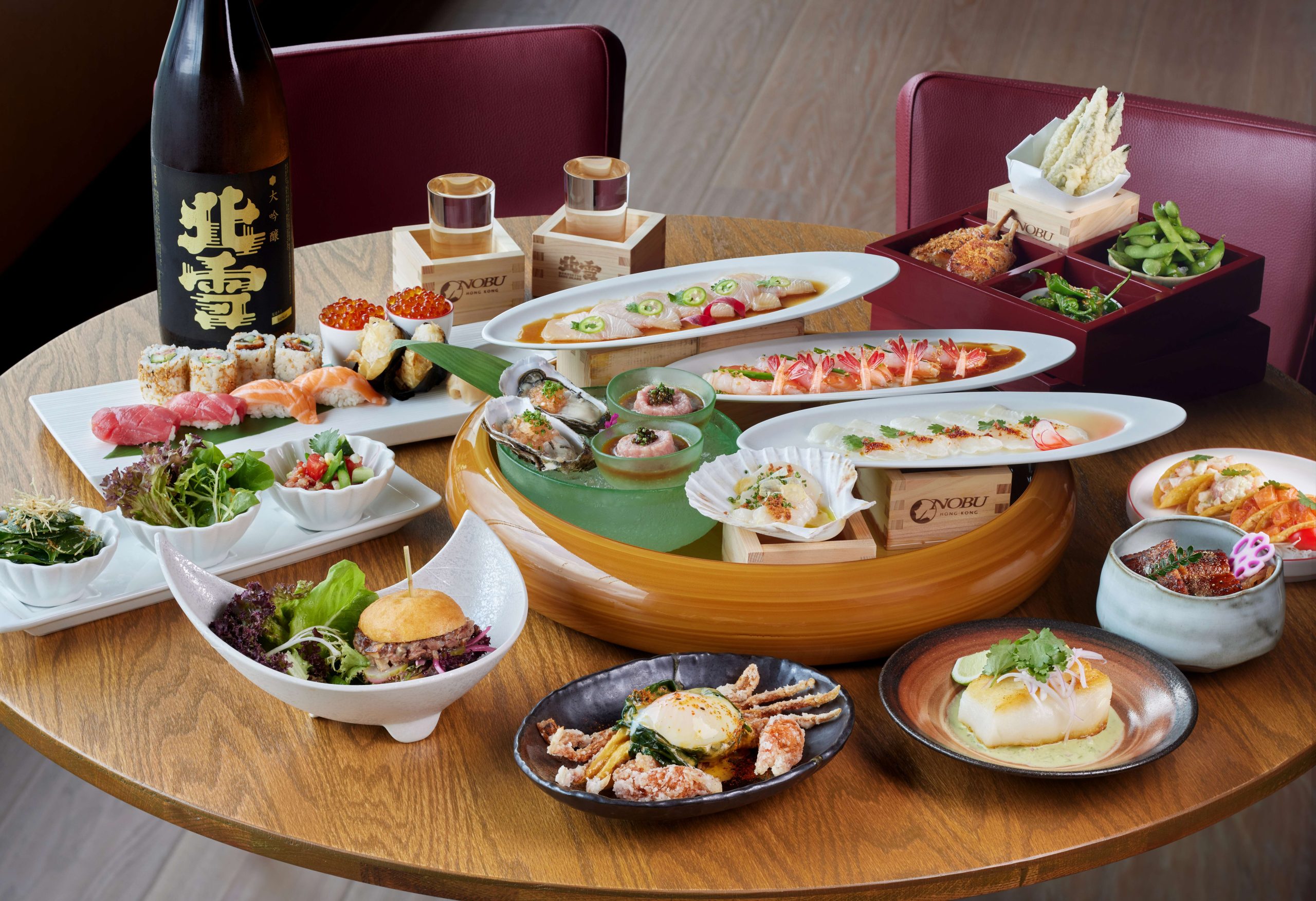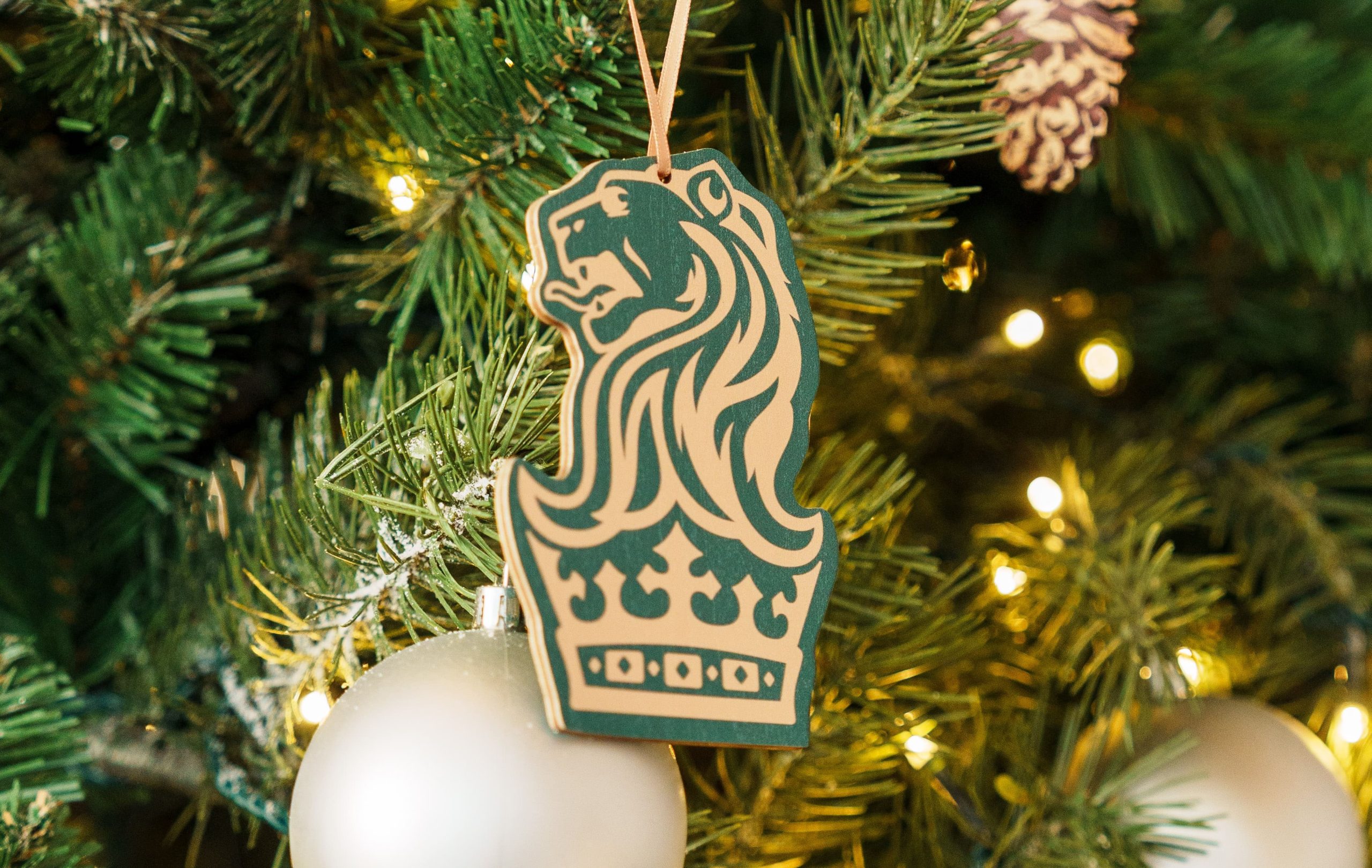Organised by the Yacht Club Costa Smeralda in partnership with Rolex since 1985, the Maxi Yacht Rolex Cup is the pinnacle of large monohull yacht racing, attracting the best boats, the most passionate owners and the finest crews. Stephenie Gee heads to Porto Cervo, Sardinia, to witness the tense seafaring competition

“We’re playing with the elements here,” says Robert Scheidt, Brazilian yachtsman, five-time Olympic medallist and Rolex Testimonee, “so you have to be patient.” It’s noon on day four of the Maxi Yacht Rolex Cup 2024 in Porto Cervo and we’re hunkered down inside the cabin of Alix, Rolex’s hospitality boat. Outside rain is pelting down and I can see nothing but grey and frothy whitecaps whipped up by the raging wind. If we were out on the seas, this would be quite an adventure. Except we’re not. The race has been postponed. And like all other fleets, we’re tied up safe and tight on the docks, waiting for the mistral to ease and the race committee – which has been monitoring the evolution since the early hours of the morning, looking for a viable weather window to run the coastal race that was scheduled for all classes – to give the go-ahead. They never do.
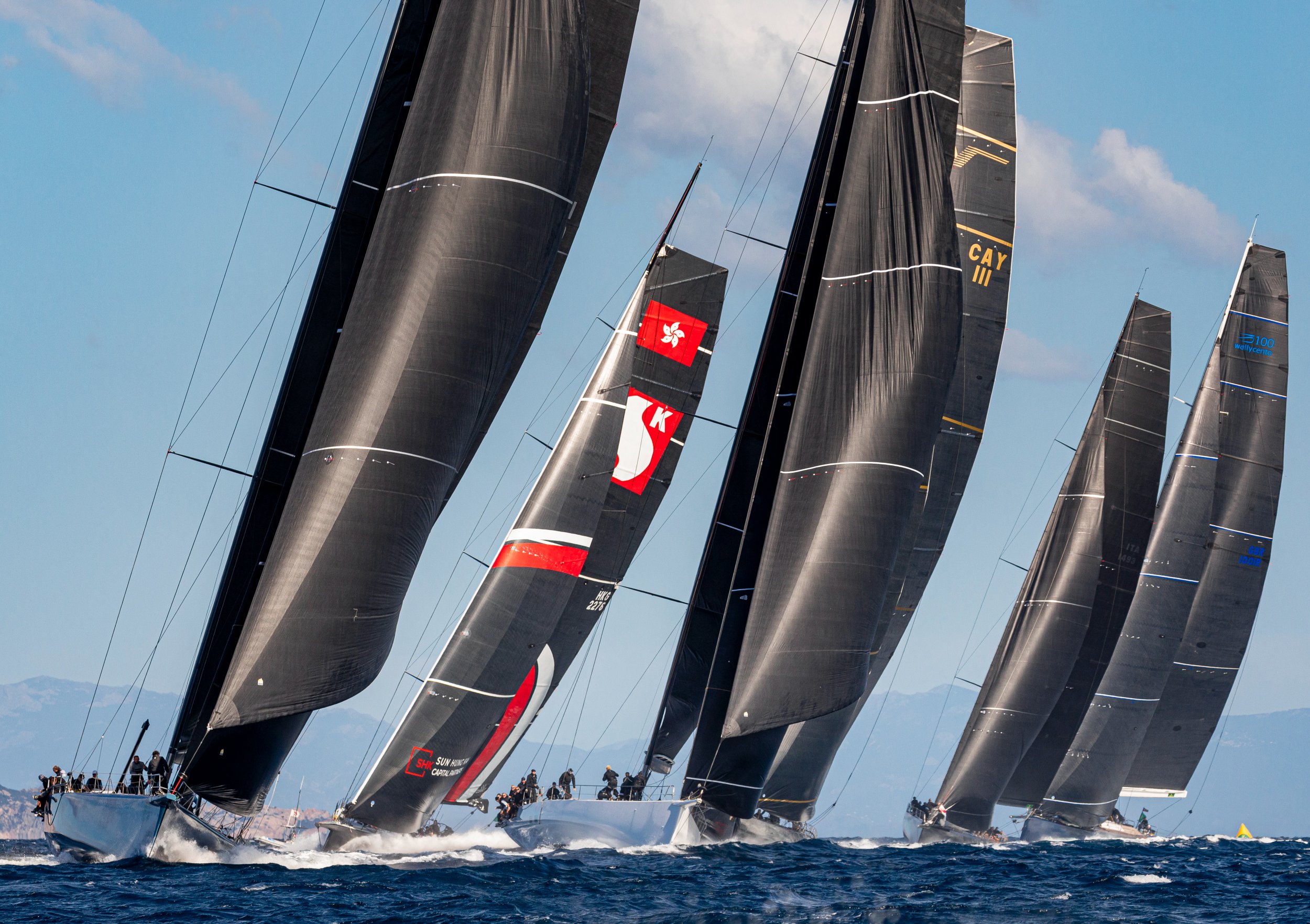
But it doesn’t matter. Because the Maxi Yacht Rolex Cup is not just about the races – it’s about being part of a tradition that celebrates sailing at its finest. The Cup – first inaugurated in 1980 at the behest of the president and founder of the Yacht Club Costa Smeralda (YCCS), His Highness the Aga Khan, under the moniker of the Maxi World Championship – was born of a vision to provide the world’s most powerful monohull yachts with an opportunity to engage in direct competition, in a suitably challenging environment.
Porto Cervo was the natural rendezvous. “One of the greatest sailing venues in the world”, Scheidt calls it, the landscape is beautiful, adorned with white sands and turquoise waters. It has a harbour big and deep enough to accommodate serious beam and draft in sufficient numbers. And the sailing area offers a multitude of courses that are technically and tactically demanding.

“It is also one of the most reliable places for wind,” says YCCS secretary general Edoardo Recchi. “To sail you need wind, but not too much. And the average here is usually between 10 and 15 knots. Sometimes there is more, as you can see, but even though the wind is pretty rough the water is still almost flat because of where the coast is and the direction that the wind comes from. So it’s the perfect conditions for sailing.
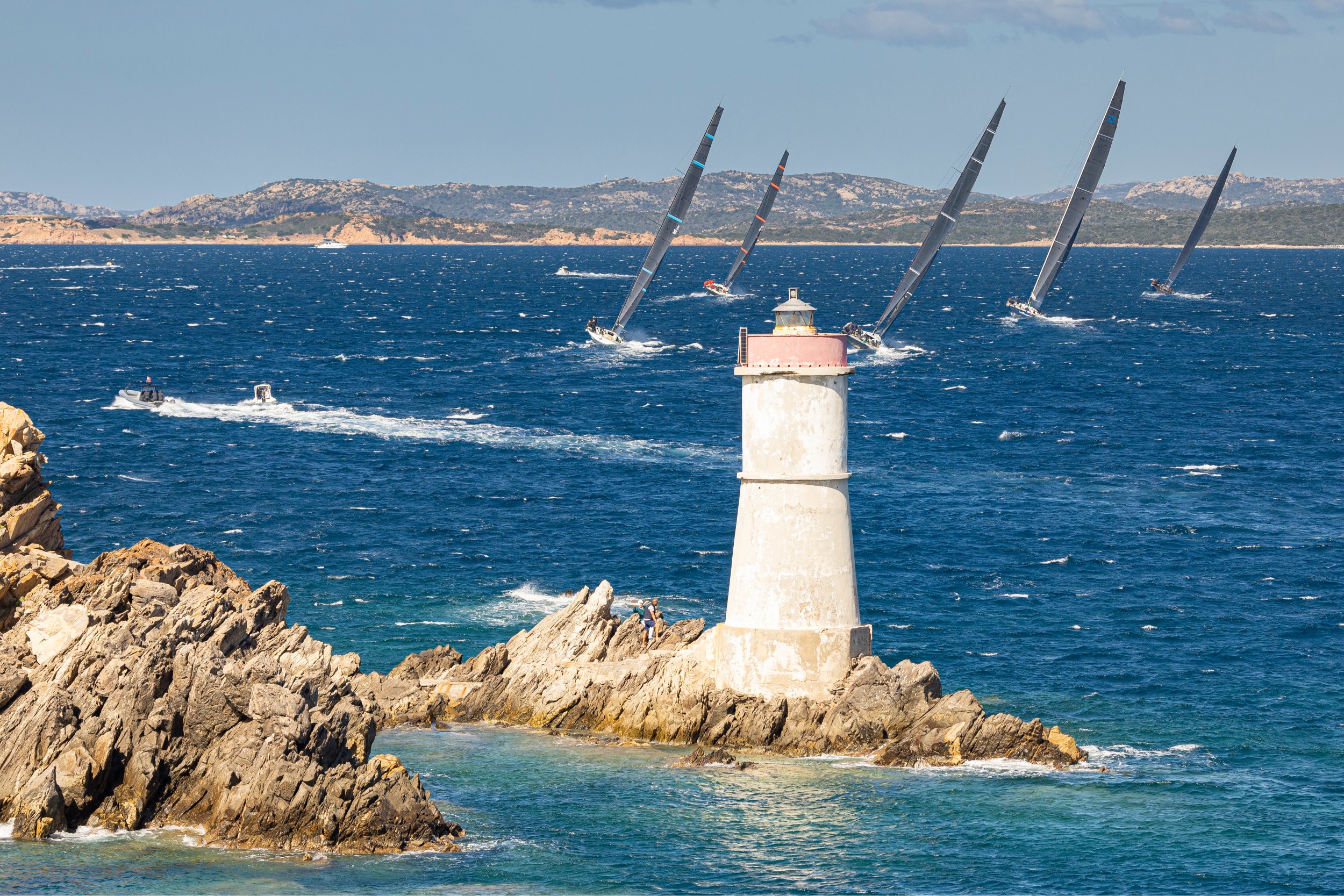
“Back in the ’60s, there was not a lot of sailing or racing activity, especially for big boats, in this area because there wasn’t much around and it’s far from the mainland – more than 200 miles. So in 1967 our founder created this club with the idea to invite boats from around the world to make this place international and well-known in the sailing community. We organised our first regatta in 1972, called Settimana delle Bocche. That was the first event. Then the club noticed that a big boat regatta would be appreciated. Therefore, in 1980, we started the first Maxi World Championship.”
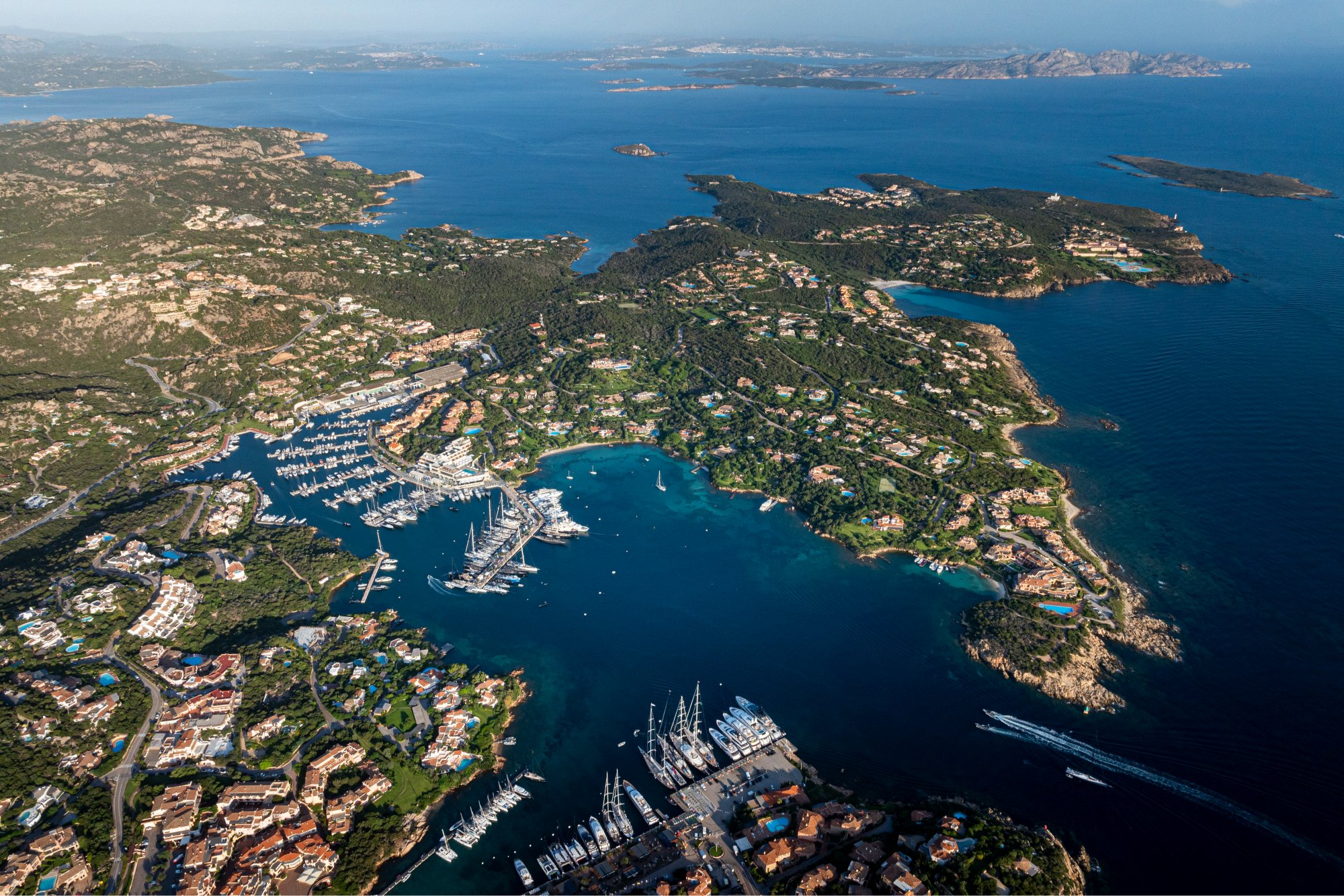
Quickly established as one of the landmarks of world and Mediterranean sailing, it was renamed the Maxi Yacht Rolex Cup in 1985 to mark the title sponsorship of Rolex – whose ties with the elite world of yachting stretch back nearly 70 years to 1958 when the brand formed an alliance with the New York Yacht Club, founder of the America’s Cup. Established on common values of excellence, innovation, technology, respect for the sea and support for new generations, the union celebrates 40 years in 2024 – one the longest lasting and most successful in the sport – beginning in 1984 with the Rolex Swan Cup, before growing the following year with the addition of the Maxi Yacht Rolex Cup.
Also see: Horacio Pagani reflects on 25 years of Pagani cars
Held September 8–14, the 34th edition of the event – supported by the International Maxi Association (IMA), which is responsible for overseeing and nurturing the sport of maxi racing, and permitted officially to hold two world championships each year – mustered 43 maxis (yachts that are more than 60 feet long) in six classes. For the first time, racing this year included a Rolex IMA Maxi 1 World Championship title for the winner among 10 boats from 80 to 100 feet. That included five 100-footers: the familiar trio of former Wallycentos – Karel Komárek’s V, Sir Lindsay Owen-Jones’ Magic Carpet Cubed and defending champion Galateia – Leopard 3, optimised for offshore performance; and SHK Scallywag, the highest-rated boat in the fleet.
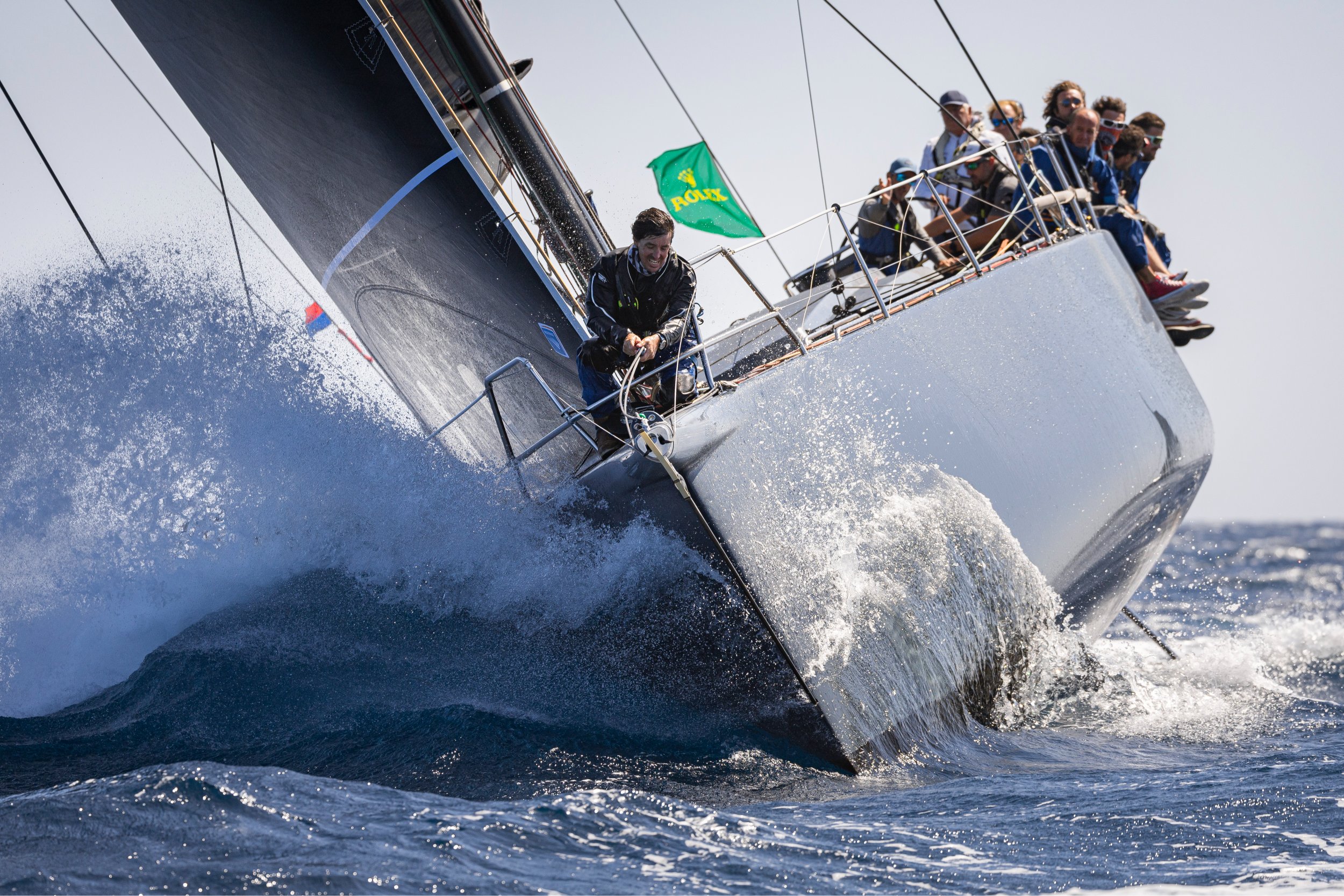
“The International Maxi Association endeavours to adapt its world championships to wherever across the maxi fleet there is the greatest competition,” explains IMA secretary general Andrew McIrvine. “Over recent seasons, we have seen the 100-footers increasingly ramping up their programs with boats that were once cruiser-racers now becoming more thoroughbred racing yachts with all the development, sail programmes and elite-level crews that that entails.”
The crew lists also include a roster of names of undisputed renown, such as Germany’s Jochen Schümann, tactician on Magic Carpet Cubed boasting one silver and three gold medals at the Olympics; New Zealander Murray Jones, a member of the America’s Cup Hall of Fame with six wins, on Galateia; 25-time world champion Vasco Vascotto from Italy on Django HF; and American sailors Ken Read and Ed Baird on V
and Leopard 3 respectively.
“Rolex regattas, not only here but all around the world, are recognised as the highest level of competition. You cannot participate in one if you are not at a certain level because the sailors who do are all at the top level. You have tons of gold medallists, Olympic medallists and world champions,” says Recchi. “The boats, as well, are some of the best.”

As with every year, striking interpretations of the latest thinking in maxi yacht design and construction made their regatta debut, reflecting Rolex’s approach to its own craft. “The Maxi Yacht Rolex Cup is one of the most important events not just because of the competition. It’s important for the whole industry because it provides them an opportunity to talk and to see. You can go on the water and you can watch how well a boat performs if its design is right or if its design is wrong, whether its deck layout works or doesn’t work. You can pick up huge numbers of ideas, and you and your colleagues, your sailing fraternity, can learn a lot too just by chatting on the dock before or after a race,” explains Giles Pearman, director at specialist sports communication agency Quinag, who is an avid sailor and regular at the Cup.
Tied up to the docks that fan out in front of the yacht club, the racing fleet is a spectacular sight. They run the gamut from those designed primarily for cruising (built for owners who also like to race) to pure, stripped-down racing machines, and even J-Class, beautifully restored examples of the yachts built for the America’s Cup in the 1930s, and their modern replicas. Observing them, you can trace the evolution of yacht design over the decades.
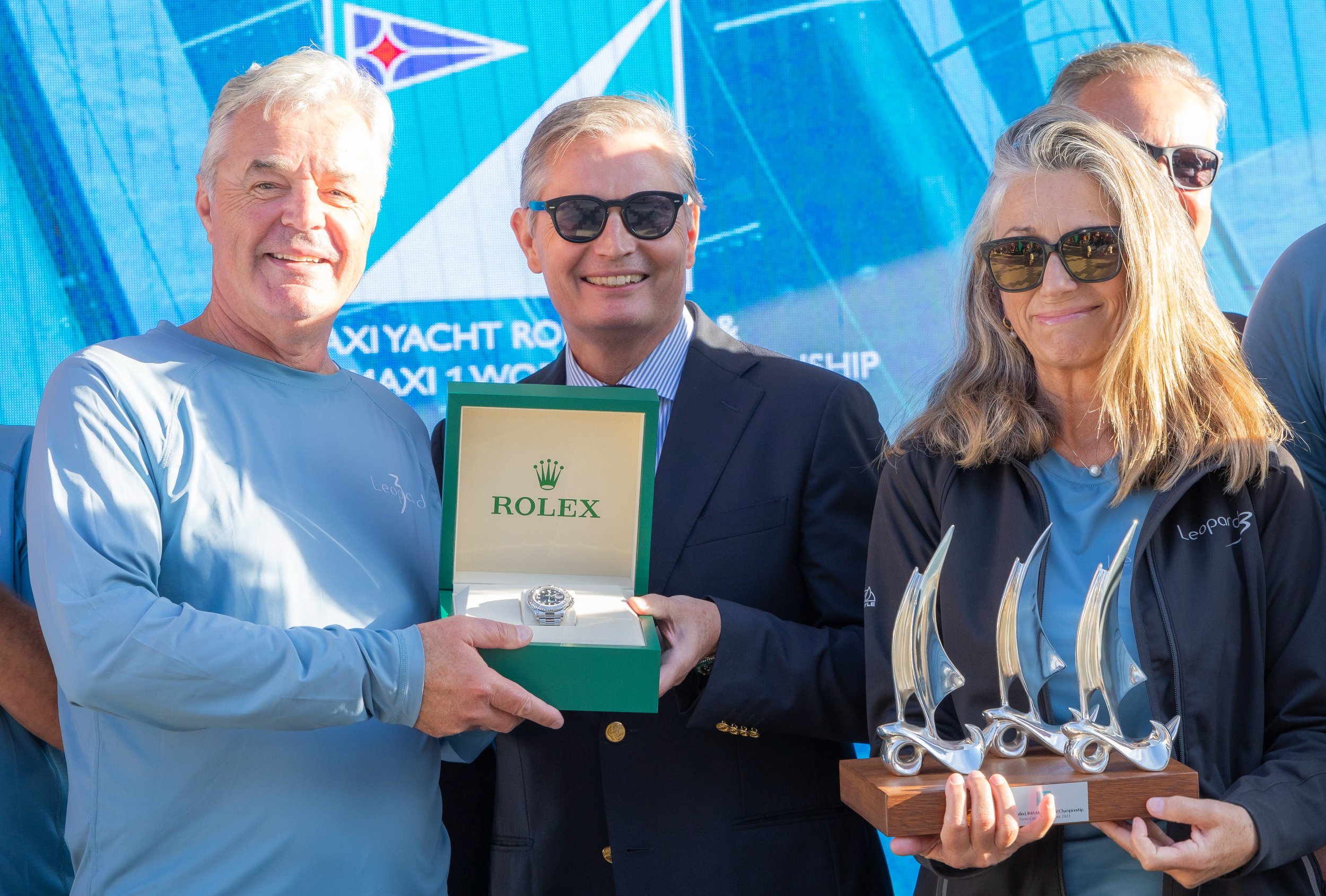
The early maxis, while state of the art for their time, were reliant on relatively basic materials. Hulls were crafted of glass fibre, aluminium, sometimes even wood. Masts and rigging were constructed using metal, while lines controlling sails were made of wire. Being heavy and not particularly fast, loads were high, manoeuvres ponderous and safety margins slim. Today, everything is devoted to ensuring maximum speed under sail. Hull shapes have changed from gracefully narrow and curvy to aggressive-looking wedges. Choice of materials has transitioned from polished teak and brass to carbon fibre and titanium. And the sails of the boat, made from the latest carbon fibre, are almost universally black. Apparently, dyeing them just makes them heavier.
Three of the event’s five racing days were lost to extreme winds, but the mistral relented its onslaught to permit a spectacular adrenaline-fuelled final day of racing around the scenic islands. Back on the water, the sun is warm, and the sky and sea a medley of brilliant blues. For the Maxi 1 class, a course of 42.5 miles was chosen, taking the division south to round the islands of Mortorio and Soffi, before circumnavigating the islands of La Maddalena and Caprera clockwise, and then returning to Porto Cervo after an evocative passage off Monks’ Island. The 100-foot Leopard 3 was crowned Rolex IMA Maxi 1 world champion thanks to a win in today’s race alongside two fourth places in the windward-leewards held earlier in the week, bringing the team to an overall total of nine points. Her sail, naturally, was black.
Also see: Benetti Yachts’ CEO on consumer trends and cool customisations




